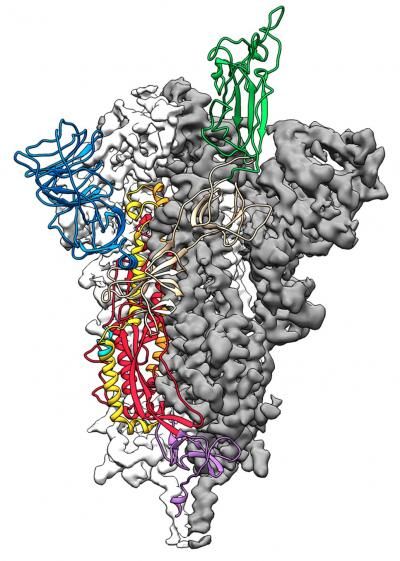A 29-year-old doctor in Wuhan has become the latest victim of the coronavirus as
China reported infections in prisons in three provinces, as well as clusters in Beijing.
Wuhan health authorities said Peng Yinhua, who worked in respiratory and critical care at Jiangxia district’s First People’s Hospital, had contracted the infection while working on the “front line”.
Peng, who had been featured in state media previously for delaying his wedding to continue working, was admitted to hospital on 25 January. His condition dramatically worsened by 30 January, when he was sent to the Jinyintan hospital in Wuhan for emergency treatment. He died on Thursday at 9.50pm, according to a statement from his hospital.
His death came as China reported an increase in new cases of coronavirus, with 1,109 new confirmed infections, compared with 394 the day before, bringing the total number of cases in mainland China to 74,685. The death toll has now reached 2,236, with 118 new deaths as of the end of Thursday.
It has also emerged more than 500 cases have been confirmed in prisons across China.
On Friday, Hubei province revised its number of newly confirmed cases to add 220 infections from the province’s prison system. Officials did not say when those infections took place but said that a total of 271 cases, of which 51 had already been counted, had been diagnosed. Of those, 230 were in Wuhan’s women’s prison. The head of the women’s prison has been dismissed.
In Rencheng prison in the eastern province of Shandong, 200 prisoners and seven guards tested positive as of Thursday, after infections among correctional officers were first detected last week.
At Shilifeng prison in the southern province of Zhejiang, a total of 34 prisoners have been confirmed to have contracted the virus, including 27 new cases as of Thursday. According to state media, two prison officials have been fired over the incident in Shilifeng. In Shandong, seven prison officials as well as the party secretary for the province’s department of justice have been removed.
Meanwhile in Beijing, 36 people at Fuxing hospital have tested positive for the virus, prompting renewed anxiety about the virus as residents in the capital were slowly returning to work. The hospital had already been partly under lockdown after cases there were confirmed earlier this month.
At another hospital, Peking University People’s Hospital,
three people were confirmed to have contracted the virus, according to state media. The three patients are family members. One had been hospitalised for kidney problems and may have contracted the illness when her daughter and son-in-law, who had recently travelled to Xinjiang, visited her in hospital.
As infections outside China increase, the World Health Organization warned that countries were not treating the virus as “public enemy number one”.
“If we don’t hit hard now using the window of opportunity, we might be faced with a serious problem,” WHO chief Tedros Adhanom Ghebreyesus said on Thursday. “This virus is very dangerous and it’s public enemy number one and it’s not being treated as such.”
In
South Korea, prime minister Chung Se-kyun said the country was entering an emergency phase following a surge in infections that has been linked to a controversial church.
Mass gatherings have been banned, and all kindergartens and libraries closed in Daegu, a city that is home to 2.5 million people and lies two hours from Seoul. Soldiers in the city have also been forbidden from leaving their barracks after several military personnel tested positive.
A further 52 new cases were reported by officials on Friday, bringing the national total of confirmed patients to 156. Most are concentrated in Daegu, where a wave of infections have been linked to a 61-year-old woman, known as “Patient 31”. The patient is reported to have attended a church, an incident health officials have described as a “super-spreading event”.
More than 400 members of the church, a branch of the Shincheonji Church of Jesus, which is often accused of being a cult, are showing symptoms of the disease. Tests were still ongoing, according to the city’s mayor, Kwon Young-jin.
On Friday, the city’s streets were mostly deserted, as people were urged to stay at home and wear masks, even indoors. Military medical staff are also being deployed to Daegu and neighbouring Cheongdo county, and isolation facilities are being created.
“It’s like someone dropped a bomb in the middle of the city,” resident Kim Geun-woo, 28, told Reuters by telephone. “It looks like a zombie apocalypse.”
Prime Minister Chung Sye-kyun said that while previous efforts had been focused on stopping the illness entering the country, officials were now concentrating on preventing the illness from spreading further in communities.
“It is urgent to find those who were in contact with the infected and treat the diagnosed people as soon as possible,” Chung said.




